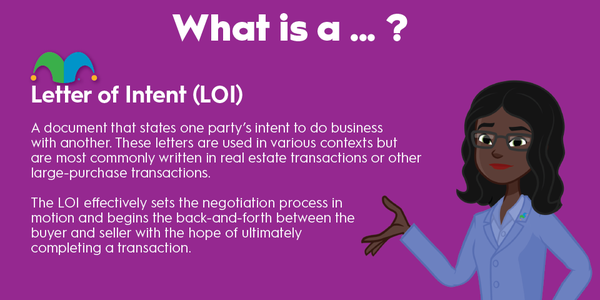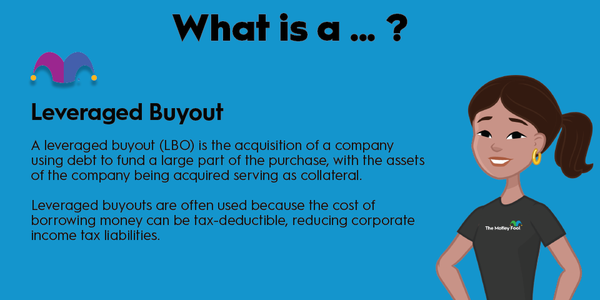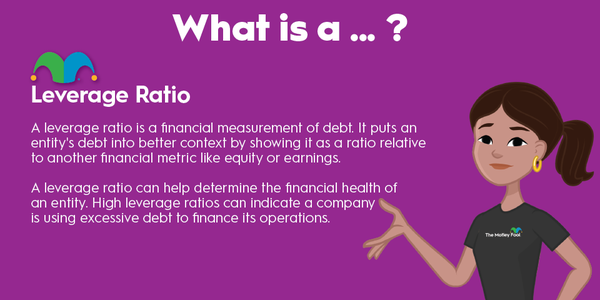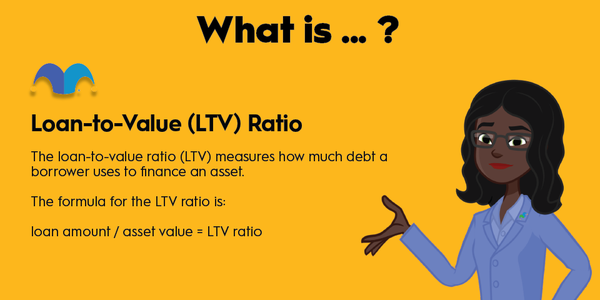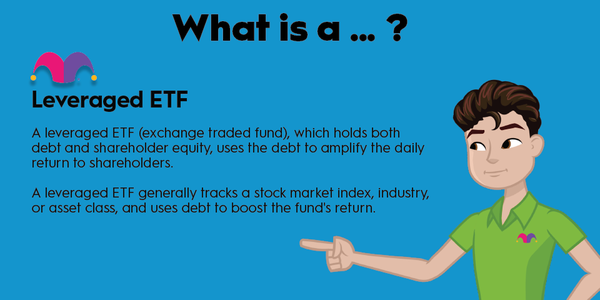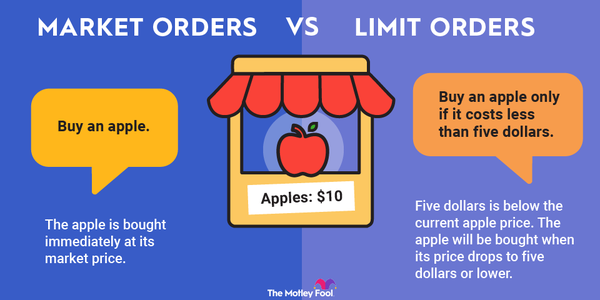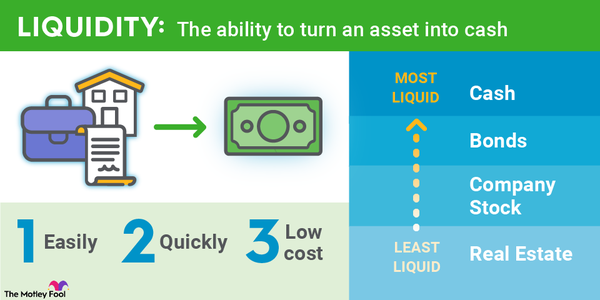There are lots of ways to invest your money, including using mutual funds. If you've been wondering what a load fund is, keep reading because we've got the answer.

Definition
What is a load fund?
A load fund is a type of mutual fund where you pay a sort of commission, called a load fee, along with the regular fees you pay for maintaining your investment. Not every mutual fund has a load fee, but many do.
Load fees come in basically three varieties: Front-load, back-load, and level load.
- Front-load funds charge the load fee when you open the fund. It takes part of your investment and uses that as a commission.
- Back-load funds charge the load fee when you exit the investment based on your initial investment. Sometimes, back-loaded funds will waive the load fee if you hold the investment for long enough.
- Level-load funds charge an annual load fee for as long as you hold the fund.
Share classes
Load fund share classes
Like stocks, mutual funds also have different types of share classes. These generally correspond to the type of load fund. In general, there are three types of load fund share classes.
Class A shares are front-end load funds, which require the load fees to be paid from the initial capital. This means that if you invest $10,000 in a class A load fund with a 5% load fee, you're actually investing $9,500.
Class B shares are typically back-end load funds but often offer a decreasing load fee the longer you hold the investment. Class B shares can also have level load fees along with back-end load fees. If you reach the zero point, they will typically be converted to class A shares to eliminate all types of load fees.
Class C shares are typically level-load funds that have indefinite level loads. They can also have back-end load fees, but their main source of payment to the person who sold them is the level load fee. You'll never escape these fees, no matter how long you hold a class C share.
Load vs. no-load
Load fund vs. no-load fund
There's another type of mutual fund called a "no-load fund." In a no-load fund, you don't pay a load fee, but that doesn't mean you pay nothing for the investment, since all mutual funds have fees beyond the load fee.
Some mutual funds are load funds, and others are no-load funds, and you can only buy a specific mutual fund with the structure it has established for all shares. However, if you buy directly from the organization offering the mutual fund, it's possible to escape the load fee.
You'll find many no-load funds offered to DIY investors through self-service platforms since there isn't a professional investor who will be directing the investment and receiving compensation for their time and expertise.
Related investing topics
Advantages
Advantages of load funds
The main advantage of load funds is that you have a financial professional working for you to help you achieve your goals. Although you may be able to achieve similar results with a no-load fund, knowing which one to choose and how much needs to be invested to reach that breakeven point can be more difficult on your own.
Many investors simply don't have the time it takes to pore through the documentation of a mutual fund and need a professional who knows the different funds to help guide them. This is where the load funds really shine. You get a pro, you don't have to know the minutiae of your fund, and you can still come out with a great return at the end.

